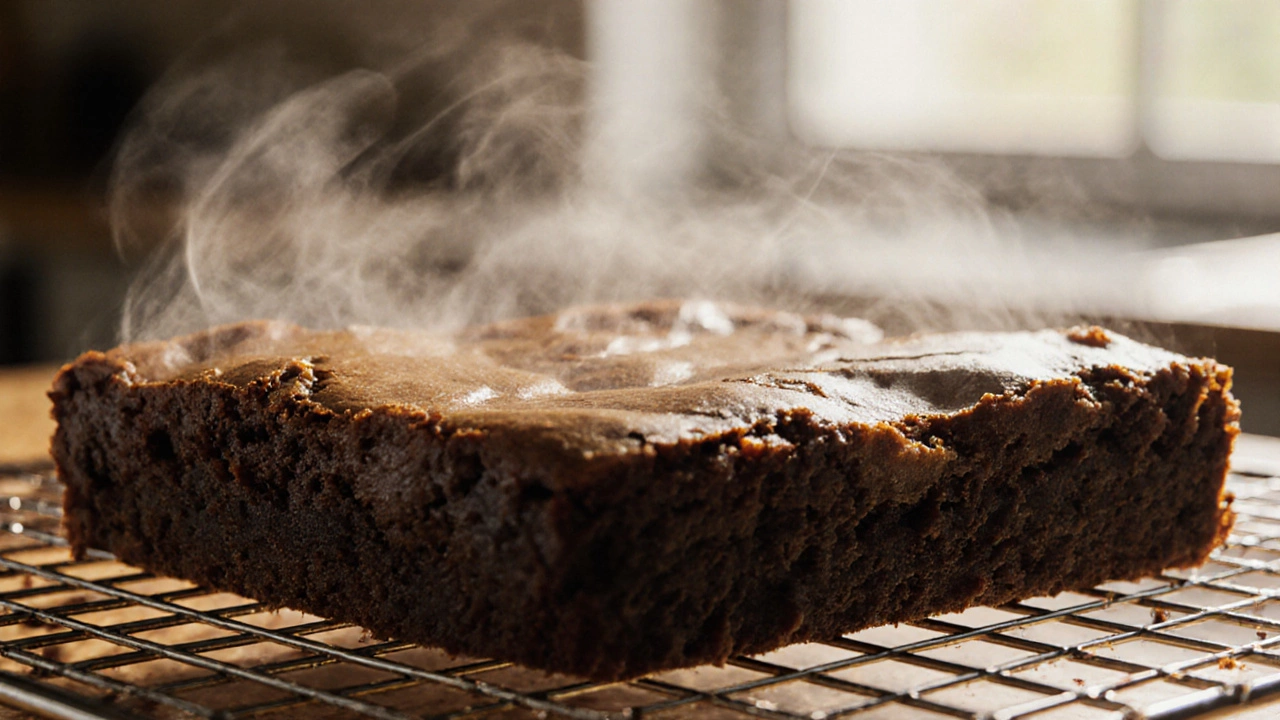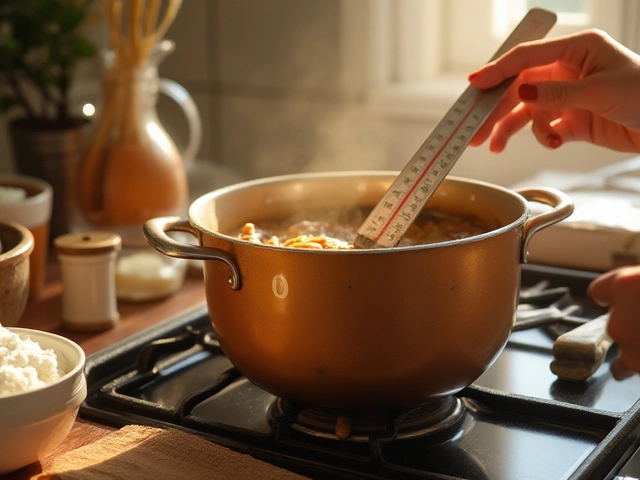Bake Tips
When working with bake tips, quick, actionable advice that helps you improve flavor, texture and consistency in home baking. Also known as baking shortcuts, it covers everything from temperature control to ingredient swaps. Fudge, a dense, sweet confection that needs precise temperature and timing benefits from a clear soft‑ball stage guide. Gluten‑free baking, the practice of making cakes without wheat flour, often runs into sinking issues because of missing structure. Cheesecake, a creamy dessert that can be tweaked with sour cream for smoother texture shows how minor ingredients change mouthfeel. Finally, Cookies, small baked treats that rise thanks to leavening agents and oven spring illustrate the science behind puffiness. Together, these areas form a solid foundation for any home baker looking to level up.
Why these bake tips matter
Bakery‑level results start with understanding core principles. For fudge, the soft‑ball stage (around 235‑240°F) tells you when sugar crystals will stay soft, preventing a grainy finish. Skipping that step often leads to a gritty texture, which most bakers want to avoid. Gluten‑free cakes sink because without gluten’s elastic network, the batter can collapse as it cools; using a blend of starches and a bit of xanthan gum restores structure. Cheesecake gets richer when sour cream is folded in – the added acidity breaks down protein bonds, yielding a smoother crumb. As for cookies, leavening agents like baking soda release carbon dioxide, giving that signature rise; too much or too little changes the chewiness dramatically. Knowing these links lets you troubleshoot faster and experiment with confidence.
Each tip connects to a broader skill set. Mastering fudge temperature helps you tackle other candies that rely on precise stages, such as caramel or toffee. Gluten‑free baking principles translate to other grain‑free treats like brownies or muffins, expanding your recipe repertoire. Cheesecake tricks reveal the impact of dairy variations, useful when you want a lighter or richer version. Cookie rise science teaches you how oven temperature, dough temperature, and mixing time all influence the final product. By seeing the patterns, you can apply the same logic to new recipes without starting from scratch.
The collection below reflects this practical approach. You’ll find guides that explain what happens when you skip vanilla in fudge, how to keep gluten‑free cakes from caving in, why sour cream improves cheesecake texture, and the exact reasons cookies rise. Each article breaks down the “why” and the “how,” giving you the confidence to tweak ingredients, adjust temps, and avoid common pitfalls. Dive in and upgrade your baking game with proven, easy‑to‑follow advice.

Can You Let Brownies Cool Overnight? The Truth About Texture and Safety
Learn if you can safely let brownies sit overnight, how it changes texture, and the best cooling methods to keep them perfect.
View More



